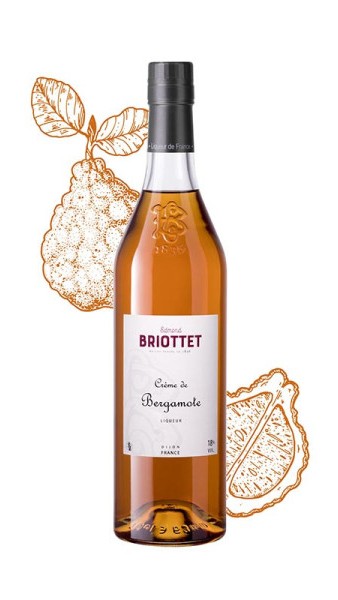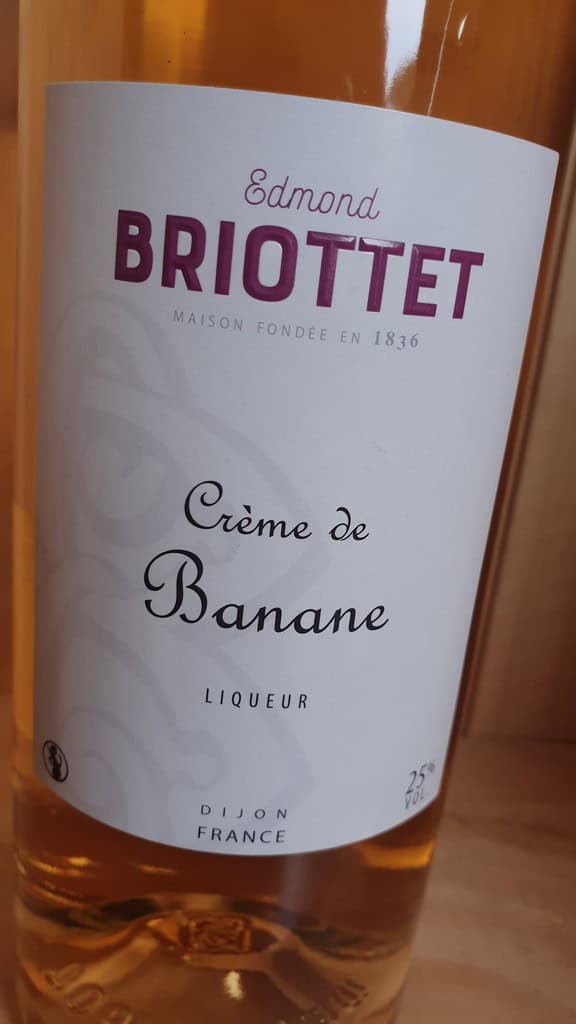
There’s often confusion around the term “Crème Liqueur,” with many people mistaking it for a cream liqueur like Baileys Irish Cream. Despite the similarity in name – “crème” being the French word for cream – these are two entirely different categories of sweetened alcoholic beverages.

To understand the distinction, let’s first define what a liqueur is. According to European law from 1989, a liqueur must contain a minimum of 15% alcohol by volume (ABV) and at least 100g of sugar per litre. Liqueurs are sometimes called cordials in certain regions and have been crafted for centuries, originally as medicinal tonics before becoming the after-dinner drinks and cocktail ingredients we know today.
Liqueurs are made from three essential components:
The addition of sugar distinguishes liqueurs from flavoured spirits like flavoured vodka or gin. Liqueurs are typically bottled between 15% and 55% ABV, making them versatile for sipping neat, over ice, or in mixed drinks and cocktails.

A cream liqueur is made from alcohol, sugar, and dairy cream (plus other flavourings). These indulgent drinks have a smooth, velvety texture and are often enjoyed as dessert alternatives or in coffee-based cocktails. Bailey’s Irish Cream is the most famous example, but others include Amarula from South Africa, Sheridan’s, and various chocolate and coffee cream liqueurs made with rum, whisky, tequila, vodka, and other spirits as their alcoholic base.
A Crème Liqueur (also written as Creme Liqueur) has a more specific definition within the liqueur category. While it’s still a sweetened, flavoured liqueur, it must contain at least 250g of sugar per litre—more than double the minimum for a standard liqueur (100g/L). This higher sugar content is what distinguishes a Crème liqueur from other fruit or nut liqueurs.
Crème Liqueurs are typically made from fruits or nuts through maceration or infusion processes, hence the French terms Crème de Fruits (fruit-based) or Crème de Noix (nut-based).
Popular examples include:
There are exceptions to the standard regulations. For instance, Crème de Cassis de Dijon is geographically protected (similar to Champagne or Cognac) and must contain a minimum of 400g of sugar per litre. It must also include at least 25% of the prized Noir de Bourgogne blackcurrant variety, giving it a distinctive depth and intensity of flavour.






Due to their higher sugar content and concentration, Crème Liqueurs tend to be:
The rich, concentrated nature of Crème liqueurs makes them ideal for adding bold fruit flavours to cocktails without diluting the drink excessively.
Using Crème Liqueurs in Cocktails and Recipes
When mixing cocktails or following recipes, you’ll typically need less of a Crème Liqueur compared to a standard liqueur due to its concentrated sweetness and intense flavour profile.
Classic cocktails featuring Crème liqueurs include:
For example, when adding premium Briottet Crème de Fruits liqueurs to white wine or sparkling wine—such as in a Kir or Kir Royale—use a smaller amount (typically 10-15ml) than you might with a regular liqueur to achieve the perfect balance of sweetness and fruit character.
Crème liqueurs can also be used in:
Visit Fareham Wine Cellar to explore our curated selection of premium liqueurs, Crème de Fruits, and cream liqueurs, perfect for home bartending, entertaining, or gifting.